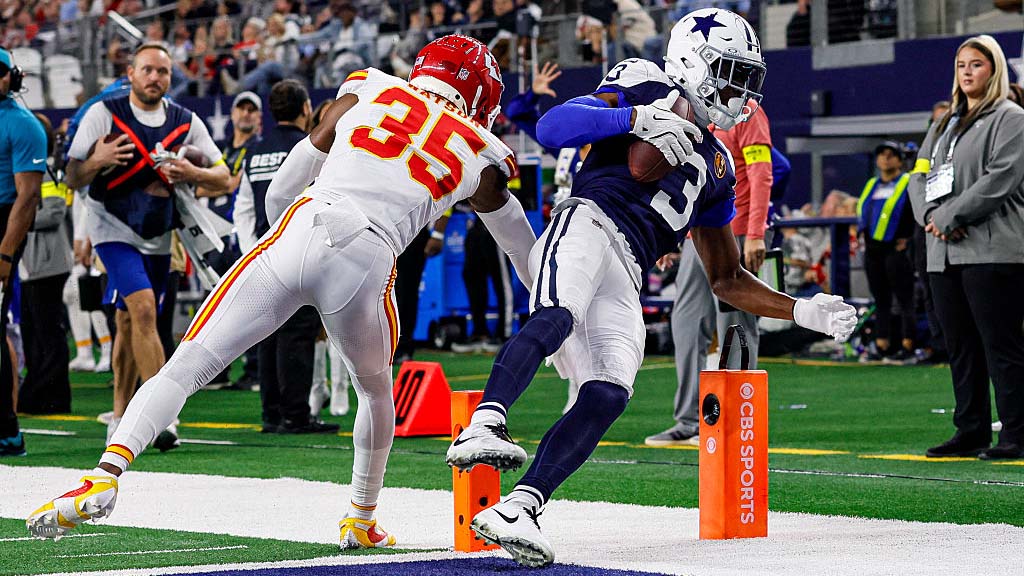UCLA Develops Laser-based Camera
LOS ANGELES: It’ll be tough for anything to happen fast enough to evade detection by this camera, recording at a blistering 9 million fps. That’s roughly 1,000 times faster than any existing conventional camera, say researchers at the UCLA Henry Samueli School of Engineering and Applied Science, who developed the record-setting continuously running camera.
In the April 30 issue of Nature, UCLA Engineering researchers Keisuke Goda, Kevin Tsia and team leader Bahram Jalali describe their new approach to imaging that does not require a traditional CCD (charge-coupled device) or CMOS (complementary metal-oxide semiconductor) video camera.
The consequences could be vast for uses from medicine and bio-research to the study of fast processes like explosions and things breaking.
“The most demanding application for high-speed imaging involves fast events that are very rare, rogue events or the proverbial needle in the haystack—in other words, unusual events that carry important information,” said Jalali, a professor of electrical engineering and principal investigator of the project.
One of the applications he envisions for the camera is flow cytometry, a technique used for blood analysis. Traditional blood analyzers can count cells and extract information about their size, but they cannot take pictures of every cell because no camera is fast and sensitive enough for the job. At the same time, images of cells are needed to distinguish diseased cells from healthy ones. Today, pictures are taken manually under a microscope from a very small sample of blood.
For example, early tumor cells that indicate disease are very hard to detect, with only a few occurring in each billion cells. – from Government Video
The professional video industry's #1 source for news, trends and product and tech information. Sign up below.
